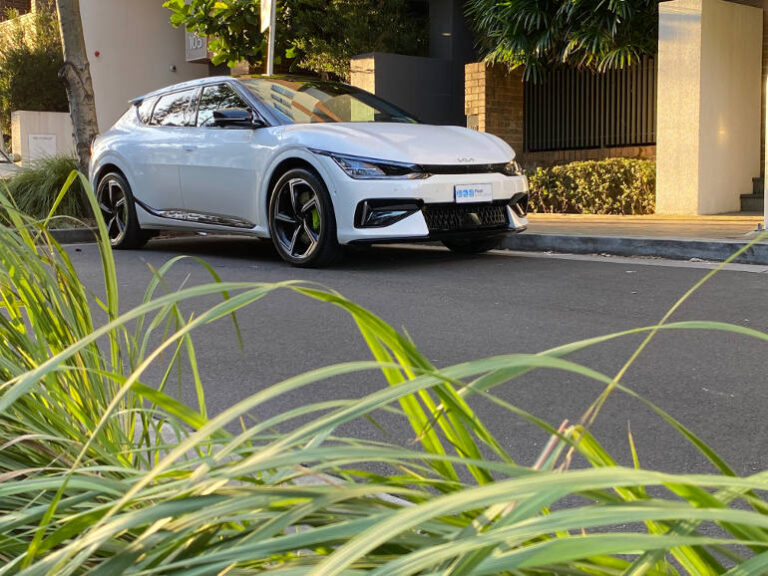‘Tis the season to be prepared for blackouts as the summer storms roll across the east coast of Australia causing mayhem and disaster in short bursts of angry rain and gale force winds. Looking out into my driveway I feel a sense of relief that the KIA EV6 GT-Line was fully charged and able to provide V2L capability up to 15A (3600W).
Mitsubishi has been pushing the idea for several years that a Plug-in Hybrid (PHEV) could be the perfect short term power solution for disaster relief, especially when the lights go out. And now several manufacturers (Hyundai, Genesis, BYD, MG and Kia) are selling cars in Australia that can act as a large battery when fleets are called to assist in disaster recovery.
I’m more of an EV lover than a doomsday prepper, but when I started receiving messages early on Christmas Eve that power lines were down after a storm ripped through my suburb, my thoughts turned to the fridge which was packed with goodies for Christmas lunch. How would we keep them cold? How would we watch the Carols by Candlelight? Answer, the Kia EV6 and V2L.
Luckily my street wasn’t impacted and the power stayed on. But in many other suburbs and towns around the country, people were suffered through a Christmas with no power after damage caused by powerful storms.
With one EV and one household I had a backup plan. But what about communities and the local agencies geared up to be the first responders when floods, fires and storms devastate summer holiday plans? Should Fleet Managers be using the technologies available to make fleet assets multi-purpose resources?
Local government fleets are often called into action when disaster strikes. They may not be expected to restore power lines, but there’s an opportunity to purchase assets that reduce fleet carbon emissions, and make the fleet available as a multi-use asset during storm season thank to V2L technology.






